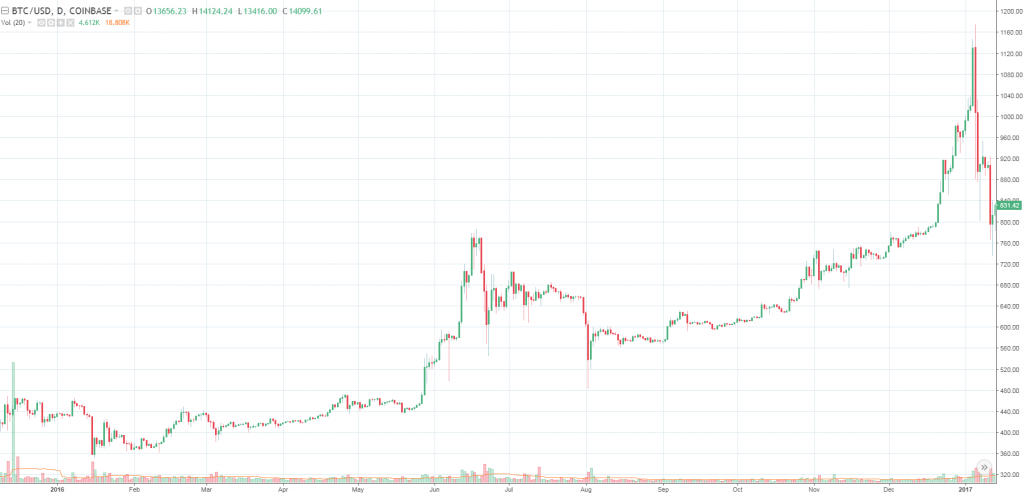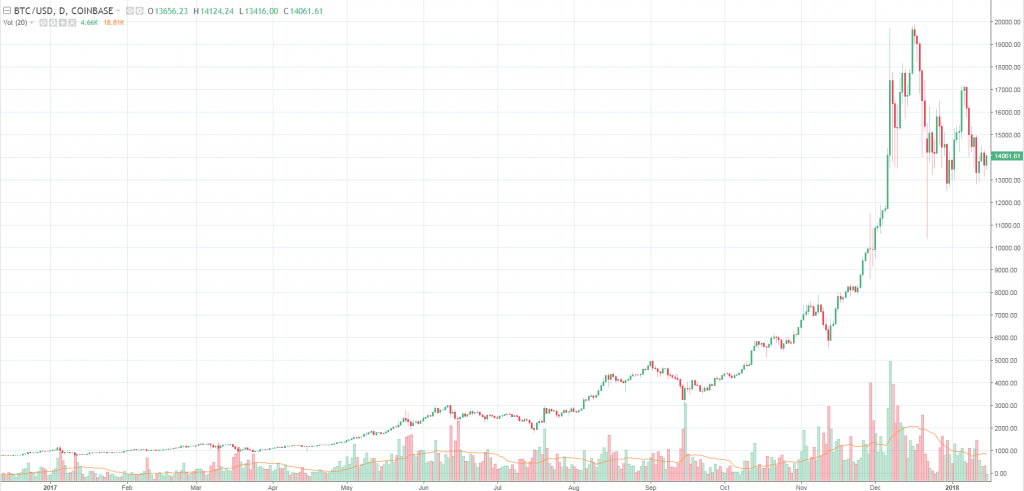As we already discussed in the prior article, Bitcoin is a digital asset developed to work as a medium of exchange. Unlike conventional currencies, its creation and management are controlled by cryptography instead of a central authority.
But how and when did it come into existence? In the present article we aim to provide the respective answers as we focus on notable events from Bitcoin’s historical record. Let us take a look at the following timeline of events:
– August 18th 2008 – the bitcoin.org domain was registered.
– October 31st 2008 – a link to a paper written by Satoshi Nakamoto was added to a cryptography mailing list. The paper was titled ”Bitcoin: A Peer-to-Peer Electronic Cash System” and provided details on how to use a peer-to-peer network in order to create “a system for electronic transactions without relying on trust”.
Presumably, “Satoshi Nakamoto” is a pseudonym for the individual or the group of people responsible for the design of the original Bitcoin protocol in 2008 as well as for the launch of the Bitcoin network a year later. Satoshi Nakamoto developed a major part of the original Bitcoin software, made a number of modifications to it and published a great deal of technical information on the Bitcoin forum. Nakamoto does not appear to have been involved with Bitcoin after mid-2010.
Entities such as Fast Company and The New Yorker attempted to thoroughly investigate the real identity of Nakamoto. The investigation conducted by The New Yorker revealed two possible candidates – Vili Lehdonvirta and Michael Clear. At the same time, Fast Company presented circumstantial evidence, which linked an encryption patent application that had been filed on August 15th 2008 by Vladimir Oksman, Neal King and Charles Bry and the bitcoin.org domain that had been registered three days later. All these people categorically denied being Satoshi Nakamoto.
– January 2009 – Nakamoto launched the Bitcoin network as the first open source Bitcoin client was released and the first coins were issued. The first block of Bitcoins ever mined, the ”genesis block”, was generated by Nakamoto and granted 50 Bitcoins as a reward. In the very beginning, Satoshi Nakamoto was believed to have generated 1 million coins.
Among the first supporters and contributors to Bitcoin was programmer Hal Finney. He downloaded the original Bitcoin software on the same day it actually came out. Finney also received the first Bitcoin transaction ever – 10 coins from Satoshi Nakamoto. Other persons, who supported Bitcoin in its early years, were Nick Szabo (the creator of bit gold) and Wei Dai (the creator of b-money). Both bit gold and b-money preceded Bitcoin.
After Satoshi Nakamoto’s disappearance from the Bitcoin scene, Gavin Andresen emerged as the cryptocurrency’s lead developer at the Bitcoin Foundation.
– January 2009 to March 2010 – Bitcoin users consisted mostly of cryptography fans and transactions were made solely as a sort of a hobby. 1 coin was worth virtually nothing at that time.
– March 17th 2010 – BitcoinMarket.com, which is no longer operational, emerged as the first exchange to deal in cryptocurrency. 1 Bitcoin was worth $0.03 at the time.
– May 22nd 2010 – the first real Bitcoin transaction was made by Laszlo Hanyecz. He bought two pizzas in Jacksonville, Florida at the cost of 10 000 Bitcoins.
– July 2010 – the price of Bitcoin rose 900% in a matter of five days, with 1 coin now being worth $0.08.
– August 6th 2010 – a significant vulnerability in the Bitcoin protocol was detected. All transactions were not verified in a proper manner prior to their inclusion in the blockchain. This way users were able to circumvent Bitcoin’s economic restrictions, thus, it was possible for them to generate an indeterminate number of coins.
A week later, the vulnerability was taken advantage of – more than 184 billion coins were generated in a single transaction and transferred to two Bitcoin addresses. Several hours after the glitch was fixed, the transaction was detected and removed from the blockchain. The Bitcoin network was updated to the next version of the protocol.
– early 2011 – 1 Bitcoin was now worth $1.
– June 19th 2011 – the nominal price of Bitcoin slumped to 1 cent on the Mt. Gox crypto exchange due to a security breach. By using credentials from the compromised computer of an auditor at Mt. Gox, hackers transacted a huge amount of Bitcoins to themselves. Minutes later, the price of the digital asset returned to correct user-traded levels.
– September 2012 – the Bitcoin Foundation was established by Gavin Andresen, Patrick Murck, Jon Matonis, Charlie Shrem and Peter Vessenes. Its objective was to “accelerate the global growth of bitcoin through standardization, protection, and promotion of the open source protocol”.
– December 2012 – after slowly rising throughout the year, the price of Bitcoin stabilizes around a level of $13 per coin.
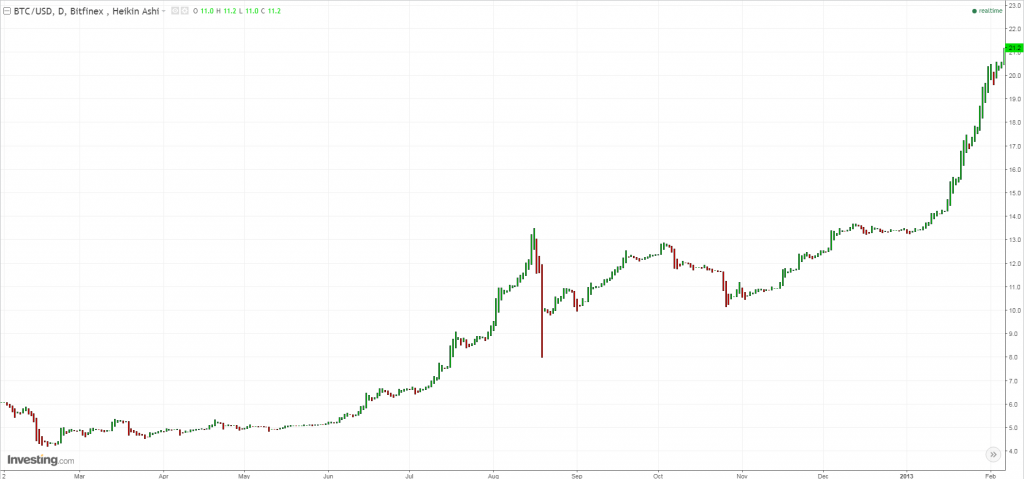
Bitcoin in 2012
Source: Investing.com
– February 2013 – Bitcoin-based payment processor Coinbase announced it had sold Bitcoins at a total value of $1 million in only one month. The digital currency was priced at more than $22 per coin at that time.
– March 12th 2013 – a miner from the Bitcoin network, who used the 0.8.0 version of the original Bitcoin software, generated a huge block that was, however, deemed invalid in the 0.7 version of the program. The reason was an unknown inconsistency between the 0.7 and 0.8.0 software versions. This resulted in a ”fork” (split) in the Bitcoin blockchain. In other words, computers with the newer software version approved the invalid block and kept building on the diverging chain. Meanwhile, computers with the older software version did not accept the invalid block and went on building the chain without that block.
As a result of the blockchain ”fork”, two individual transaction logs were created with no obvious consensus. This way it became possible for one and the same amount of coins to be spent in a different manner on each of the two chains. This caused Japan-based crypto exchange Mt. Gox to stop accepting Bitcoin deposits for a certain period of time.
– August 11th 2013 – the Bitcoin Foundation said that a pseudorandom number generator glitch within the Android operating system had been taken advantage of for theft purposes from Android app-generated wallets. Several days later, updates were released.
– October 26th 2013 – a Bitcoin trading platform, based in Hong Kong and managed by Global Bond Limited, disappeared with CNY 30 million ($5 million).
– November 28th 2013 – the price of Bitcoin surpasses $1 000 per coin at Mt. Gox.
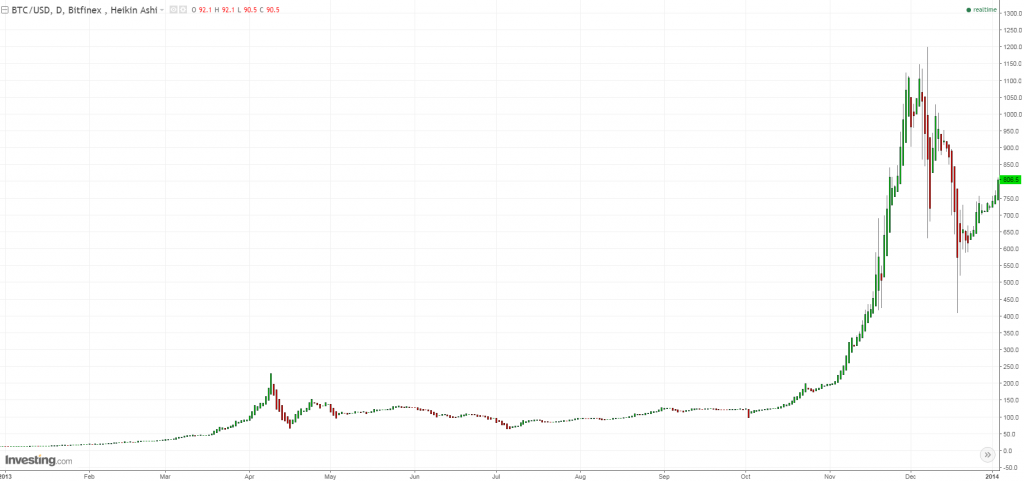
Bitcoin in 2013
Source: Investing.com
– February 2014 – Mt. Gox went bankrupt after Bitcoins valued at $390 million vanished for unknown reasons. In 2013, the Japan-based exchange managed 70% of the entire Bitcoin traffic globally.
– April 2014 to January 2015 – the price of Bitcoin slumped from $950-$980 per coin in January 2014 to $290-$300 per coin in April. Then, a recovery to about $700 per coin took place in mid-2014, followed by another drop to $180-$200 per coin in January 2015.
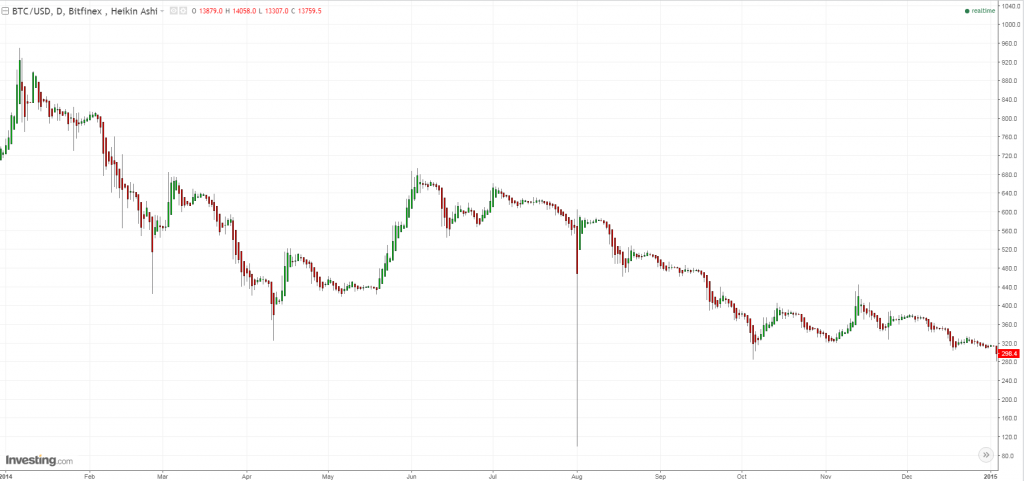
Bitcoin in 2014
Source: Investing.com
– January 2015 – Bitcoins valued at $5.1 million vanished from Bitstamp, a cryptocurrency exchange initially based in Slovenia and later relocated to the UK and Luxembourg. The reason was believed to be a hacker attack.
– February 2015 – Bitcoins valued at $2.1 million vanished from Bter, a cryptocurrency exchange based in China.
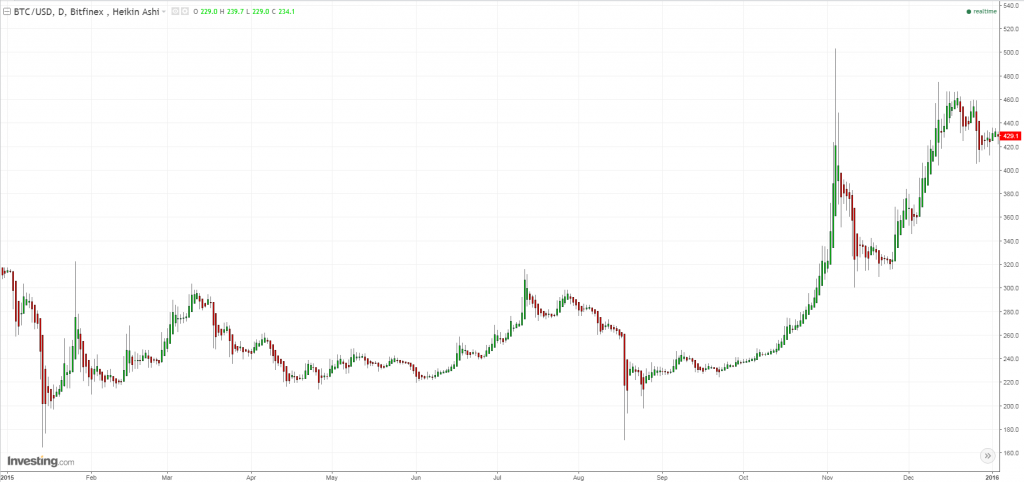
Bitcoin in 2015
Source: Investing.com
– January 2016 – Cryptsy, a cryptocurrency exchange based in the United States, went bankrupt, allegedly as a result of a hacker attack that occurred in 2014.
– May 2016 – Gatecoin, a cryptocurrency exchange based in Hong Kong, was shut down for a certain period of time following a loss of $2 million worth of Bitcoin. The probable reason was a security breach.
– August 2016 – Bitcoins valued at $72 million disappeared from Bitfinex, a cryptocurrency exchange based in Hong Kong, in a hacking incident.
– November-December 2016 – as USD/CNY appreciated, the price of Bitcoin surged to $780 per coin.
– January-September 2017 – the price of Bitcoin extends gains to $1 150 per coin in January, followed by another peak at around $3 000 in June. The digital currency continued climbing higher to reach $5 000 per coin in September.
– November-December 2017 – the price of Bitcoin spiked sharply from $5 500 per coin in mid-November to around $19 000 per coin in mid-December.
On December 17th 2017 Bitcoin hit $19 890 per coin, which is the current all-time high.
However, on December 22nd 2017 the digital currency lost almost 30% of its value in a matter of 24 hours, plummeting below $14 000 per coin.
